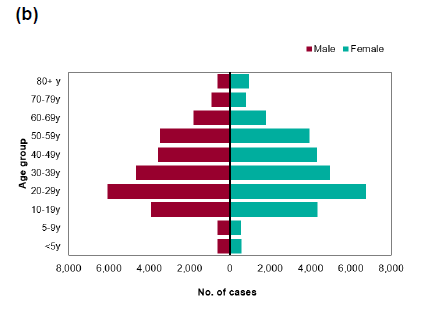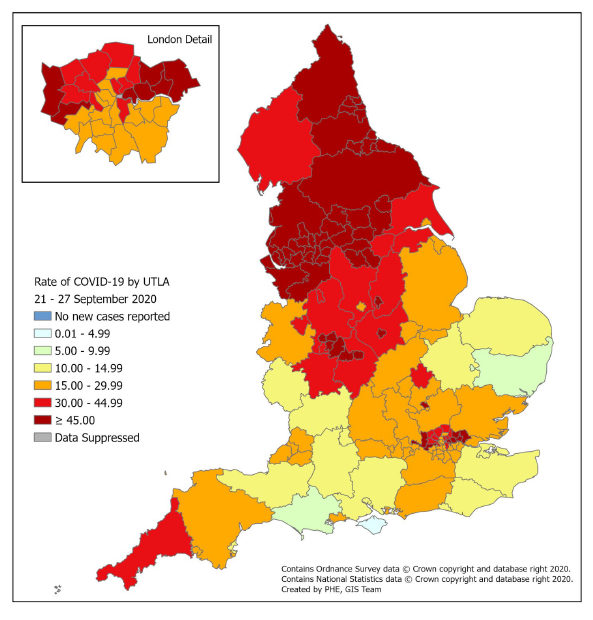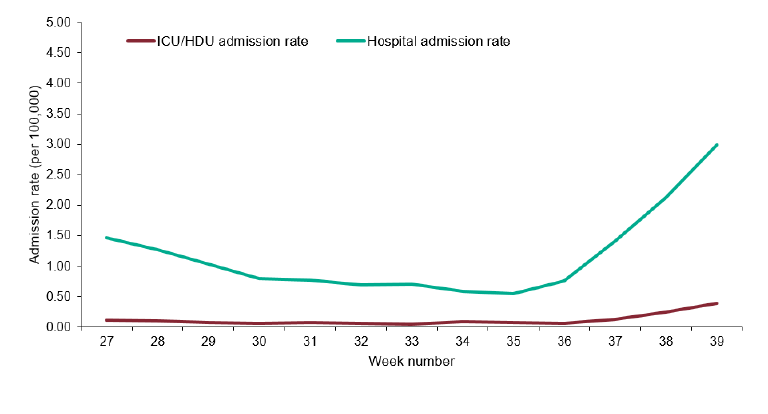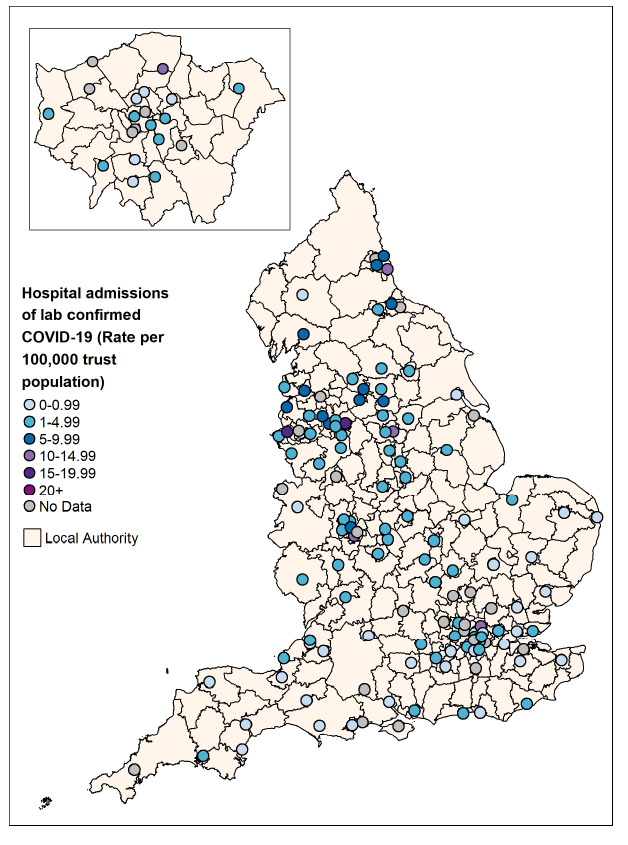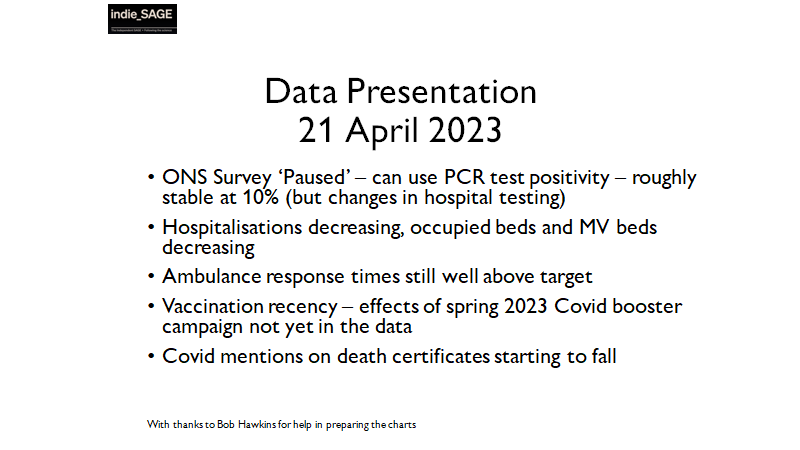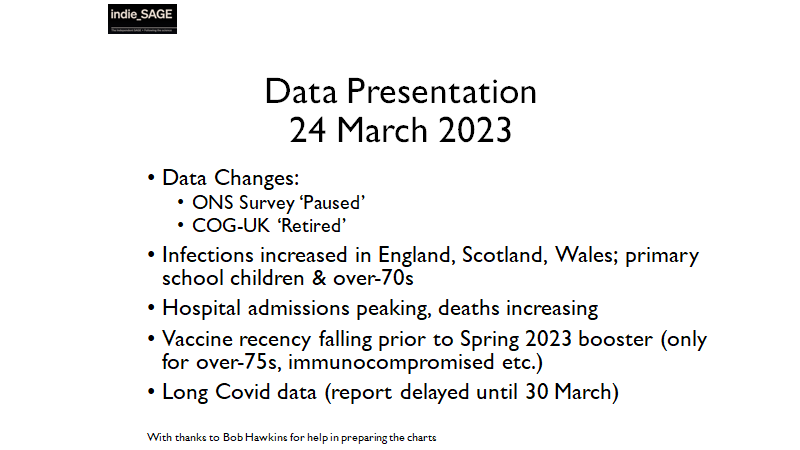The latest Covid surveillance report has been published by Public Health England. Here is my commentary. The main point is that Covid is now widely established, not only in the north and the midlands but also north London and for the first time in Cornwall 
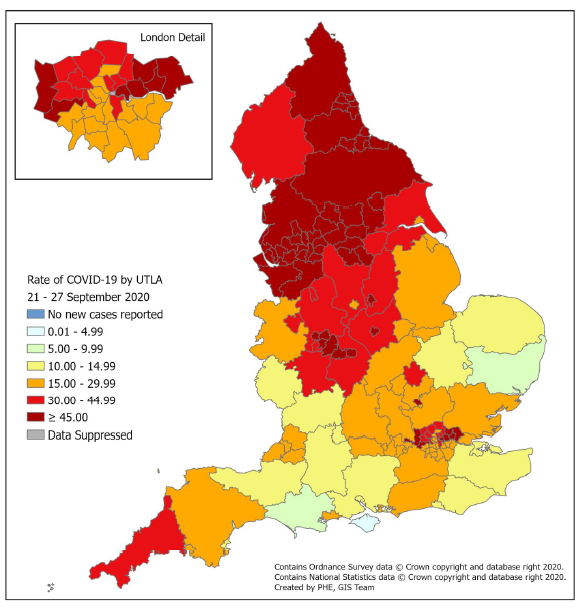
The data is for week 39 (between 21 September and 27 September. First, positivity. This is the number of positive cases divided by the number of tests. It's now around 7%. THIS MEANS THAT NOT ENOUGH TESTS ARE BEING PERFORMED (@WHO recommend this does not exceed 5%) 
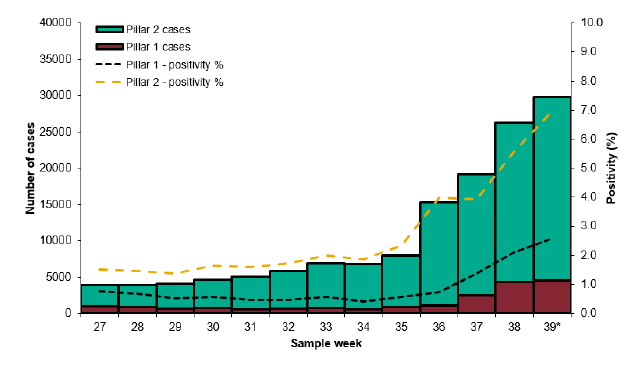
Note that the local restrictions do not cover all of these areas.
visual.parliament.uk/research/visua…
visual.parliament.uk/research/visua…

Still large numbers of Covid incidents/outbreaks in educational settings / workplaces. Fewer in care homes than last week (which is very good news) 
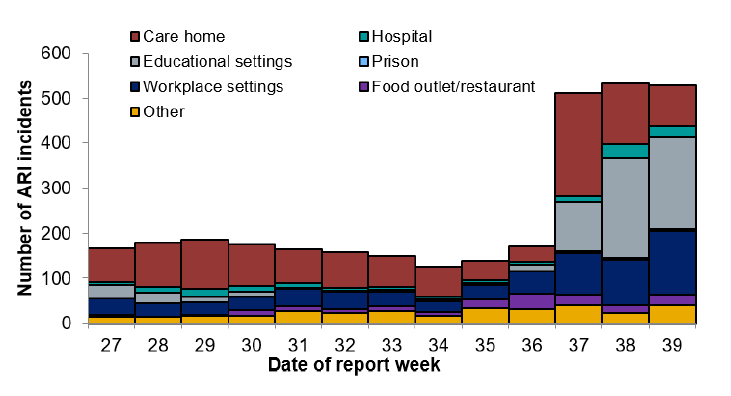
Clusters/outbreaks in educational settings in this report (remember this data is over a week old):
12 nursery
82 primary school
96 secondary school
12 SEN schools
22 college/university
12 nursery
82 primary school
96 secondary school
12 SEN schools
22 college/university
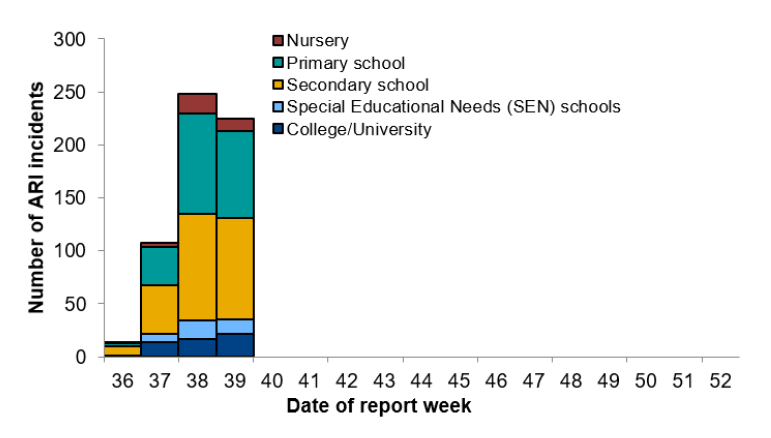
Covid deaths in the 'second wave' scale with age, but are not just for the old - some 30-something-year-olds. Note a significant number die after 28 days from a test, which is the number reported at coronavirus.data.gov.uk 
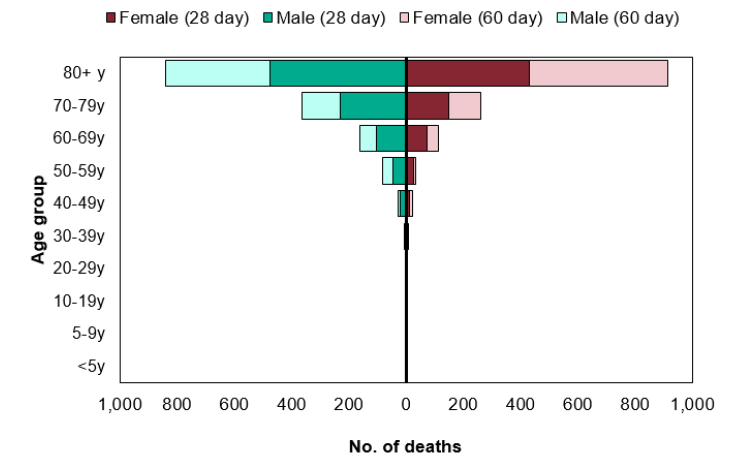
Commentary:
- Test availability is limited meaning that the number of cases reported is a *minimum*
- Test trace and isolate all not working well
- R remains above 1
- Test availability is limited meaning that the number of cases reported is a *minimum*
- Test trace and isolate all not working well
- R remains above 1
I forgot to list the watchlist. It's got so long that it needs to be in a separate document. Here it is assets.publishing.service.gov.uk/government/upl…
Question - why is the Joint Biosecurity Centre logo no longer on the watchlist?

Question - why is the Joint Biosecurity Centre logo no longer on the watchlist?
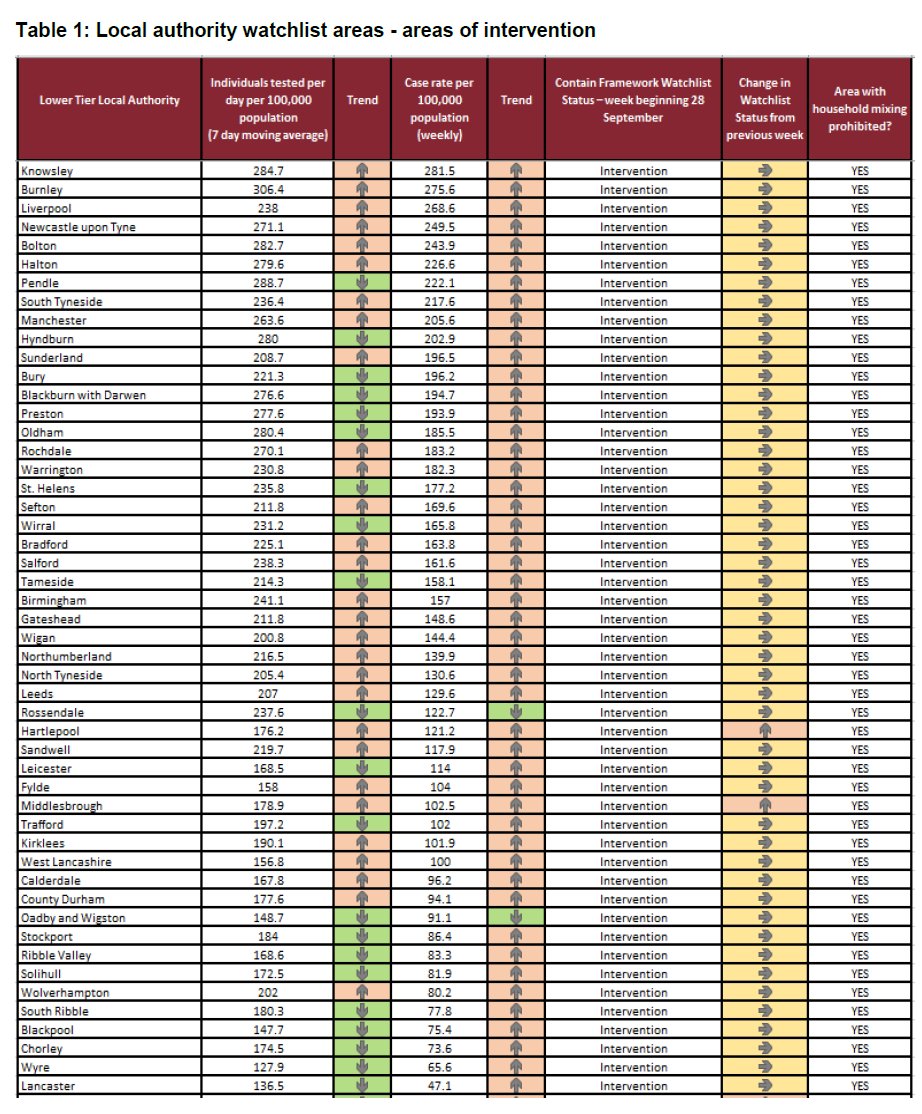

And here's another thing. Last week, CONTAIN framework maps were published for local authorities (LSOAs) on the watchlist. They don't appear to be published anymore.
Please can you direct me to where I can find these @PHE_uk / @DHSCgovuk ?
Thanks
Please can you direct me to where I can find these @PHE_uk / @DHSCgovuk ?
Thanks
Here is the heatmap of cases per 100,000 in each age group:
* Highest rises in 10-19 year olds
* High relative rise in 60-69 year olds
* Decrease in under-10s.
Note these are *minimum* figures due to:
(a) capacity for tests being exceeded by demand
(b) data lag for latest week
* Highest rises in 10-19 year olds
* High relative rise in 60-69 year olds
* Decrease in under-10s.
Note these are *minimum* figures due to:
(a) capacity for tests being exceeded by demand
(b) data lag for latest week
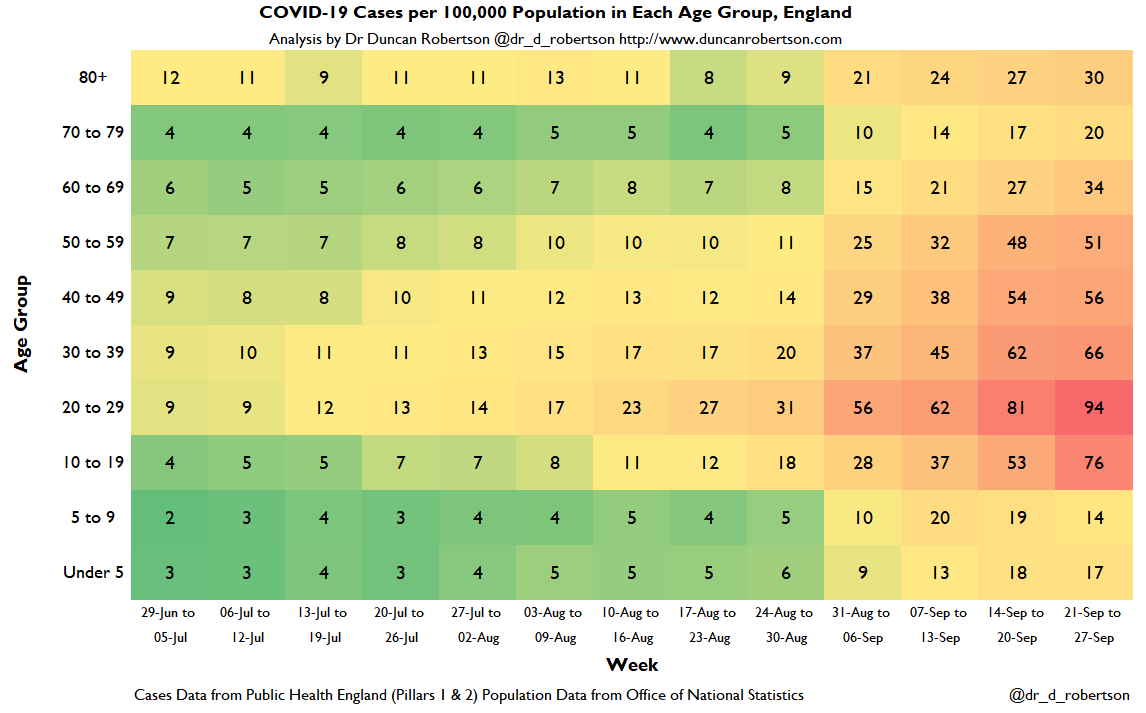
These have now been published. Thanks.
• • •
Missing some Tweet in this thread? You can try to
force a refresh

